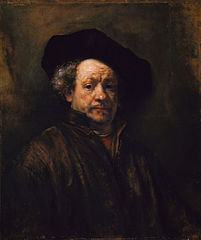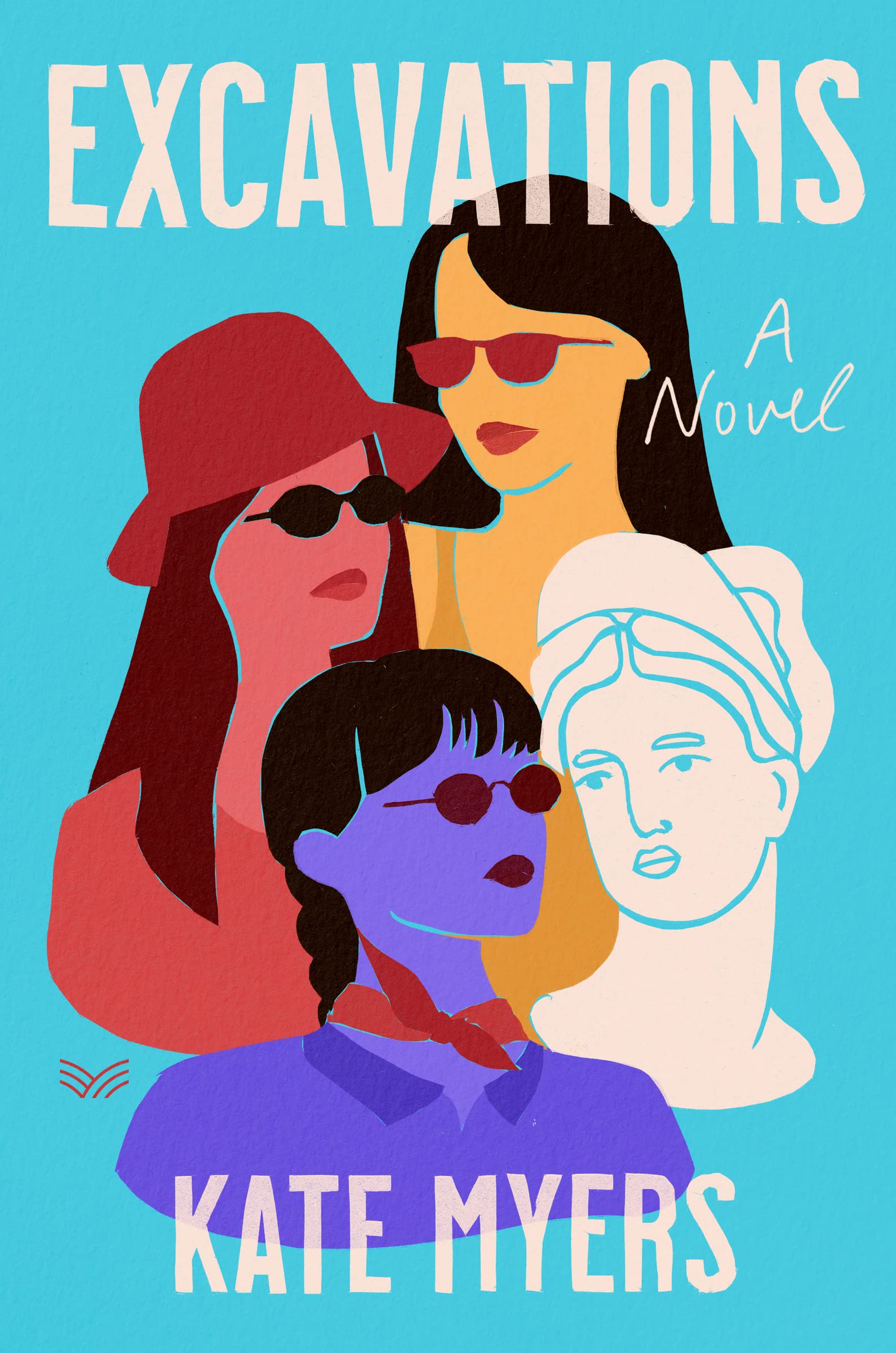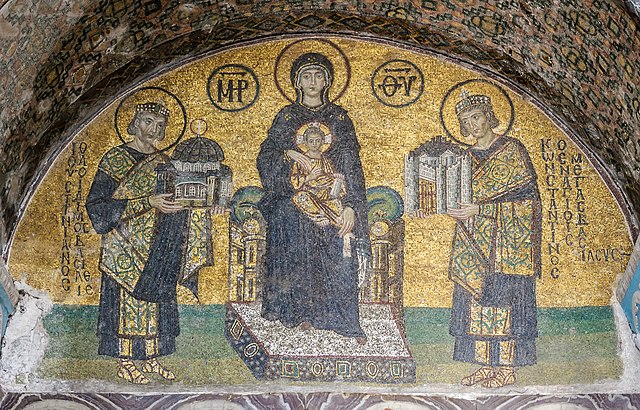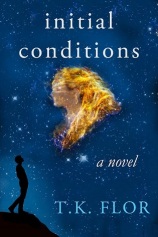… when the sons of song descend to trade,
Their bays are sear, their former laurels fade.
Let such forego the poet’s sacred name,
Who rack their brains for lucre, not for fame:
Still for stern Mammon may they toil in vain!
And sadly gaze on gold they cannot gain!
Such be their meed, such still the just reward
Of prostituted muse and hireling bard!From English Bards and Scotch Reviewers: A Satire by Lord Byron
 Unlike the young Lord Byron (the satire was published when Byron was 21, recently graduated from Cambridge and about to embark on a Grand Tour), Deresiewicz, the author of The Death of the Artist argues that artists should be paid for their art. As far as I understand, the thrust of his reasoning goes like this:
Unlike the young Lord Byron (the satire was published when Byron was 21, recently graduated from Cambridge and about to embark on a Grand Tour), Deresiewicz, the author of The Death of the Artist argues that artists should be paid for their art. As far as I understand, the thrust of his reasoning goes like this:
- Artists should be paid, because art is work and it deserves remuneration, like any other work.
- Artists should be paid, because art is hard and it takes many years of focused dedication to reach an artistic level beyond amateurish. Although most artists are not in it to get rich, they still need food in their belly and a roof over their head.
- Art has value, and therefore it ought to have financial value. While artists do not deserve compensation for doing what they love, “they do deserve to get paid for doing something you love, something other people love. That’s how markets work, by putting a price on other forms of value.”
But what happens when supply surpasses demand? The “starving artist” is not a new phenomenon. In the past, most artists did not eke a living off their art, but there was a considerable group of people who published books, exhibited in galleries or succeeded in other artistic pursuits while holding part-time (or full time) jobs. In the twenty-first century economy of “winner take all”, a tiny percent of artists grow very rich, and the rest are either forced to leave the field, risk starvation or turn into sellouts. The author blames Tech Giants for “the demonetization of content” by enabling the flow of cheap and often free art. This has devalued artistic work. Consequently, artists are either not compensated at all or barely compensated for the fruits of their talent and labor. Moreover, companies like Apple encouraged lay people to become “artists,” then Amazon and other Tech Giants let them flood the digital platforms with amateurish content. The glut of “art” obscured the much smaller offering of professional artists. To stay visible, they are coerced into working for exposure, to forgo pay for their work.
The Death of the Artist includes many interviews with artists and shows the human cost behind the statistics. The author clearly knows what he writes about, even though he calls himself a “snobbish old asshole”. Regardless of how he calls himself, I agree with him that people should be paid by those who consume their work and not be exploited by corporations. My qualm with the book is that it reads like an expanded essay on the evil tech companies and their useful idiots, the hobbyists, rather than a concise study of the field.
For example, The Death of the Artist claims that the traditional “culture industry” – publishers, music labels, art galleries, movie studios and so on – has successfully supported artists until a large chunk of their revenue was snatched by Amazon and other Tech Giants. The current plight of the artists, the author argues, is caused by the multi-billion culture industry’s inability to afford to nurture artistic talent. Obviously, the artists cannot depend on the new bosses, whose revenue is driven by algorithms. Tech behemoths monetize clicks and do not care about artistic merit.
This dire picture makes me wonder whether artists were better off before the balance of power had shifted from the culture industry to tech corporations. The author explains that capitalism enabled the emergence of the concept of “fine arts” in the Romantic age (end of eighteenth and early nineteen century), but says nothing about earlier cost-reducing technological advancements that erased entire disciplines. Movies are a cornerstone of the bastion of culture. A century ago, cheap cinema tickets had killed vaudeville shows. It is worth remembering that new technology was not the only source of artists’ growing woes. Consolidation through mergers and acquisitions in the “culture industry” in the second half of the twentieth century diminished the number of artistic venues even before Amazon entered the field. In publishing, the market was increasingly controlled by large corporations, until only six big publishers were left. The corporate practice to limit supply to below-demand, hurt the chances of new writers to get published and led to smaller advances (the payments for a work already done, but not published yet) for mid-list writers (i.e. professional writers who achieved recognition and had considerable readership in their genre, but who were not best-sellers).
Last but not least, the book repeatedly points to the harm caused by deluded hobbyists whose drivel cheapens art and diminishes the income of professional artists. These wannabes may not appeal to the highly-educated, elitist critics, but I am skeptical that legions of aspiring writers endanger literary careers. Professional artists do not merely vie for attention in an ocean of crap created by amateurs. They compete with the best in their field, dead and alive, from all over the world. For example, a work of literary fiction by an American author contends for readers with the ephemeral bestsellers, as well as with novels by Toni Morrison, Agatha Christie, J.R.R. Tolkien and many other classics (all available to be read with a single click). Talent and credentials like an MFA are insufficient to carve a career in the fine arts. Like Byron who had introduced the jaded, moody Byronic hero to readers weary of the endless Napoleonic wars, a modern artist may have a better chance to succeed if they have something new and relevant to say, something that will show off their genius and be both fresh and timeless.
PS. If the author of The Death of the Artist wants to explore a really scary scenario, he can update the book after AI gains the abilities to perform better than 99% of the artists.


Self-portraits by Picasso and Rembrandt






 Mountain Laurel in our garden
Mountain Laurel in our garden Blackberry blooming in our garden
Blackberry blooming in our garden Hybrid tea rose in our garden
Hybrid tea rose in our garden


















